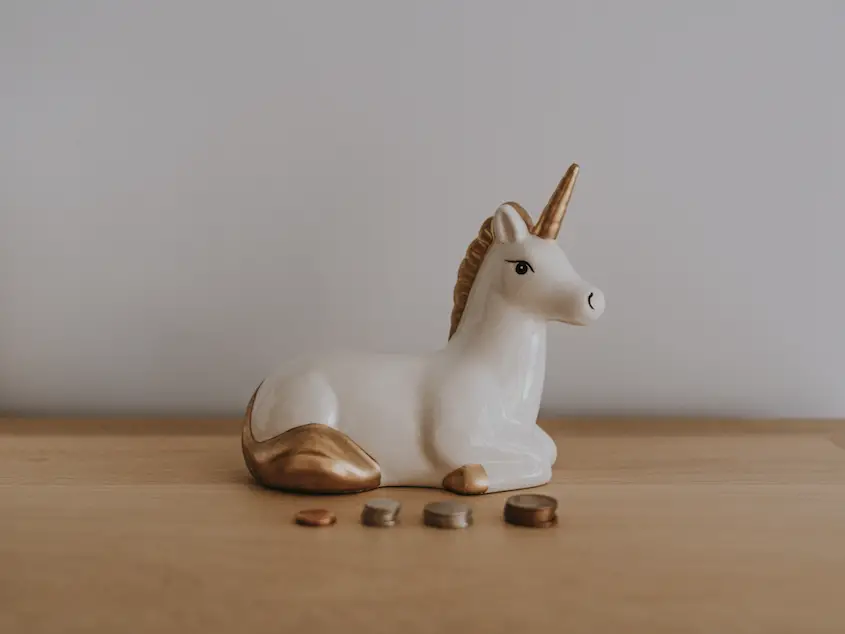Are you wanting to start a niche side hobby or reach new readers from across the globe?
Now is a great opportunity to try out blogging. With many websites doing the heavy lifting, the only thing holding you back is you. I have outlined the following steps taken to design a blog and start driving viewers to grow your brand. You can grow your blog through Instagram on social media and SEO strategies that will improve the organic searches and ranking on Google for your website.

1. Create a Domain Name
In order to create an online website you first need a domain name that people can search to view your blog. Firstly, to obtain a domain name you must acquire one through a domain name provider. The most popular domain websites include GoDaddy, Namecheap, or HostGator. Next, I compared Wix, GoDaddy, and Bluehost as they are the largest providers in the domain name marketplace. GoDaddy is predominately a domain name registration company but is also offers a limited hosting provider. Wix had a great selection of themes however to the ongoing cost of the subscription was high. Therefore I looked into a bundled package combining the domain name registration and website hosting with Bluehost.

2. Subscribe to Website Host
Once you have registered a domain name (this can take a while to decide on a creative and relevant name) you will need to subscribe to host your website. GoDaddy is the cheapest that I could find with a subscription deal currently on sale at $2.95 per month for the first year. After a comparison in features, I chose to go with Bluehost as the hosting provider due to greater features with stylish blogging templates and more flexibility in customising the website design.

3. Customise your Blog
This is where it starts to get a little more involved. With the setup and hosting completed, you can focus on building the website design and layout. Using the Word Press features I was able to customise the website with a focus on blogs (no coding experience required!). There were many features to choose from with different themes however I decided to go with a more simple theme that I could easily connect with my viewers. There is an option to include higher packages with greater features such as selling on the website. However, I was only interested in getting the site up and running. There is also the option to hire a website designer but given the blog is only starting out as a hobby the upfront cost could not be justified.

4. Design a Logo
The hard part about choosing a logo design is that the options are endless. Thankfully there are a number of cheap online logo designers able to assist you with creating the perfect logo for your business or blog Logoinifinix a $29 logo design. Designing the logo took a couple of weeks back and forth modifying the initial design. As I had sent 3 designs and changed them numerous times I was eventually happy with the end result. The cost was also cheap given the number of changes that I had to make to get the desired logo. The company does offer full website designs and a suite of other services however I was only needing the basic set-up until the blog is further developed.
5. Post Blog Articles
Once your blog is up and running you need content to grow your viewership. The best way to do this is to publish weekly or monthly articles. This will allow your website to rank on google search engines. It may take a couple of months of regular posting before your notice any recognition for your hard work. Posts should be all based on your niche. Providing relevant and informative content will capture your reader to return to your website and ultimately build that following to grow your blog. You can improve your website traffic by implementing some of these SEO tips.
6. Market Drive
The hardest part of creating a blog and website is then getting the traffic through the site. This requires a combination of consistent marketing strategies and targeted ads to attract a following to your site. Canva is a very effective tool to use when marketing your brand. Canva allows you to create Instagram posts, posters of Pinterest pins to market your content to a wider audience. A quicker way to get recognised and start to market your blog is to submit a scaffold of your website to google. A number of different plug-ins can assist with this process and will fast track your sight being scanned by google and registering on their search engine. You can also such sites such as Tailwind to assist with the scheduling of your Pinterest and Instagram posts.
6. Monetise your Blog

This is the easy step once you have mastered marketing your niche blog to your following. Optimise Affiliate Marketing through Google Adsense, Ezoic, and Selling products on an e-commerce website such as Woocommerce are ways to increase the cash flow of the blog. For disclosure, if you sign up from one of the affiliate links contained in this article I will receive a small referral commission. The income will not come straight away as partnering brands want proof that you are worth their time to be in partnership. Some partners set a benchmark such as 1,000 followers on social media before accepting to partner with your blog. It is important to first build a following and then aim to set up ads and grow your viewership. For more ideas on how to grow your passive income check out my blog that uncovers the pro and cons of investing in and out of super.





